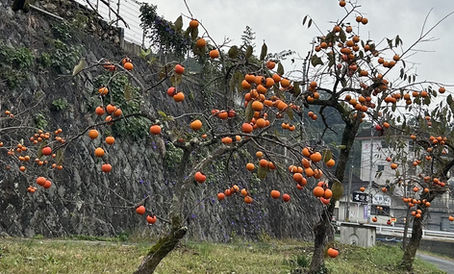Kiyosu Bridge, spanning the Sumida River, is said to be the most beautiful bridge in Tokyo.
- Masahisa Takaki

- May 26, 2023
- 1 min read
Updated: Oct 13, 2024
The Sumida River, running across the heart of Tokyo, had been spanned with only five wooden bridges, such as Ryogoku Bridge and Eitai Bridge, from the viewpoint of Edo (Tokyo) defence till the second half of the 19th century. These bridges were successively rebuilt in Western style by the beginning of the 20th century though, most of them were seriously damaged in the Great Kanto Earthquake in 1923. According to Tokyo's post-quake rehabilitation plan, they put importance on the reconstruction of Eitai Bridge and construction of Kiyosu Bridge. In other words, they placed the highest priority on design when planning these two bridges, creating two beautiful bridges that would become landmarks in the capital city of Tokyo. Various state-of-art technologies were introduced, and three times the budget of other bridges over the Sumida River was generously allocated to the project. Kiyosu Bridge in the photo was designed after Hindenburg Bridge in Cologne, Germany, and special steel for battleships was used to strengthen the resistance to earthquakes, for the first time in the world. This graceful bridge had become an ideal model of Japan's suspension bridges thereafter.
In this connection, the six new bridges based on the post-quake rehahabilitation plan were designed differently on purpose to give variety to the landscape of the Sumida River. This bridge is designated as an important cultural asset together with neighboring Eitai Bridge.







Comments